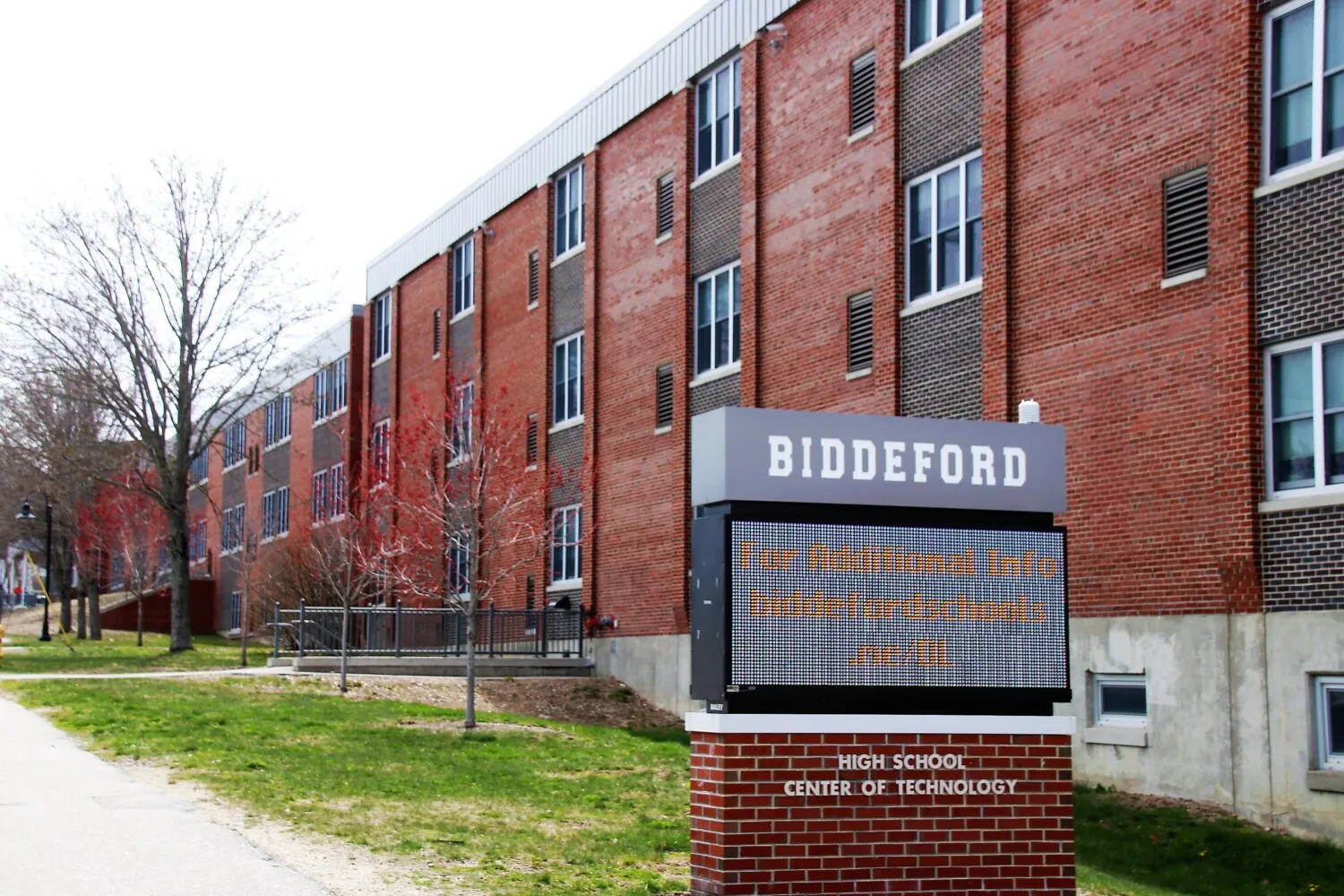
Martin Grohman is mayor of Biddeford.
Every child in Maine deserves a fair shot at success in school. Yet the way we fund our schools makes that promise harder to keep — especially for communities like Biddeford, where many families struggle to make ends meet despite living in a city with rising property values.
Here’s the simplest way to put it: the town of Cumberland, where only three of every 100 students are disadvantaged, receives more state aid for education than Biddeford, where 64 of every 100 are.
Yes, you read that right.
Biddeford has welcomed 451 multilingual or “new Mainer” students, including 115 in the past year alone. Cumberland has just eight total — and none new this year. Cumberland’s median household income is $144,167. Biddeford’s is $63,261. Yet Cumberland receives more education funding from the state than we do.
Why in the world should that be?
As mayor, I’m proud to sing Biddeford’s praises. We are blessed with beaches and a revitalizing downtown. But a handful of multimillion-dollar waterfront real estate deals can distort our city’s property values, making it look like we’re wealthy. We are not.
Biddeford is a service-center community. We host a DHS office, bus lines, GA programs, a major hospital and an overnight homeless warming center — things most suburban towns don’t provide. Nearly two-thirds of our students qualify for free or reduced-price meals. Many arrive at school hungry or stressed, and our teachers often serve as counselors and social workers as much as educators.
Meanwhile, in wealthier suburbs, a majority of students arrive every day “well read and well fed.”
The root of this inequity is Maine’s Essential Programs and Services (EPS) formula. The state provides an extra 15% in funding for each student considered economically disadvantaged. That sounds significant, but it’s well below national norms, where the figure is closer to 25%. During the pandemic, Maine temporarily raised the weight to 20% — a recognition of real need — but rolled it back as soon as the emergency ended.
The problem is compounded by our reliance on property values to measure a community’s “ability to pay.” Oceanfront towns in Washington County and mill cities like Biddeford can appear “wealthy” on paper. But those valuations don’t reflect the reality for year-round working families. The result is a double burden: higher property taxes paired with less state support.
So what should be done?
First, restore the economic disadvantage weight to at least 20% and move toward the national standard of 25%. Second, recognize the concentration of poverty. Schools where most students are disadvantaged need incrementally higher support. That’s the reality in Biddeford — and in many rural districts across Maine.
Fixing the formula would make schools more equitable and our tax system fairer. By aligning state aid with real community needs, we can ease the overreliance on local property taxes that strains families and drives up housing costs.
The EPS formula was meant to ensure that every Maine child, regardless of ZIP code, has access to a quality education. Right now, it’s failing that test.
This is not about pitting district against district. It’s about fairness. It’s about keeping the promise that every Maine child deserves the chance to thrive.
For Biddeford families, for rural Maine families, and for the future of our workforce, the message is simple: the Legislature must act. It’s time to fix the formula.



